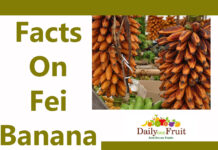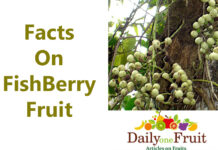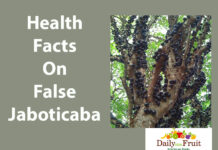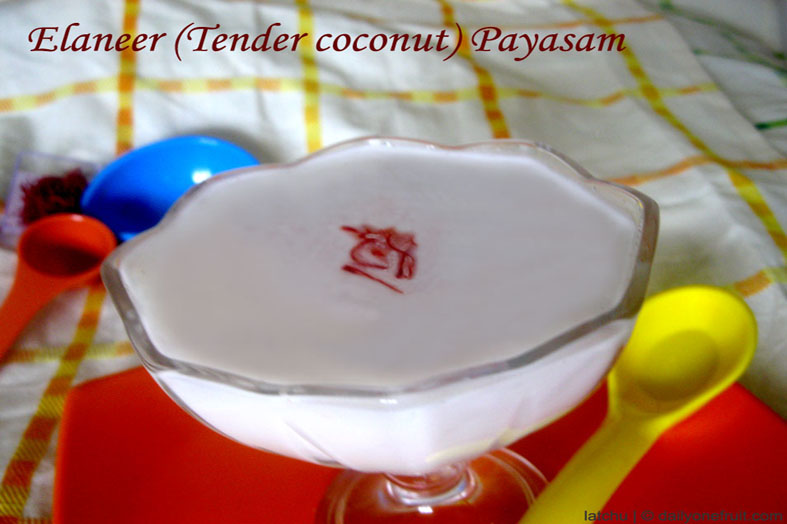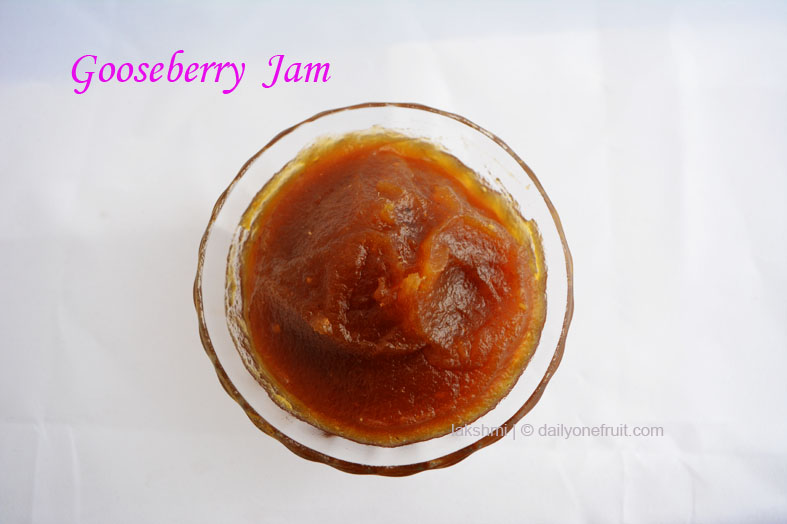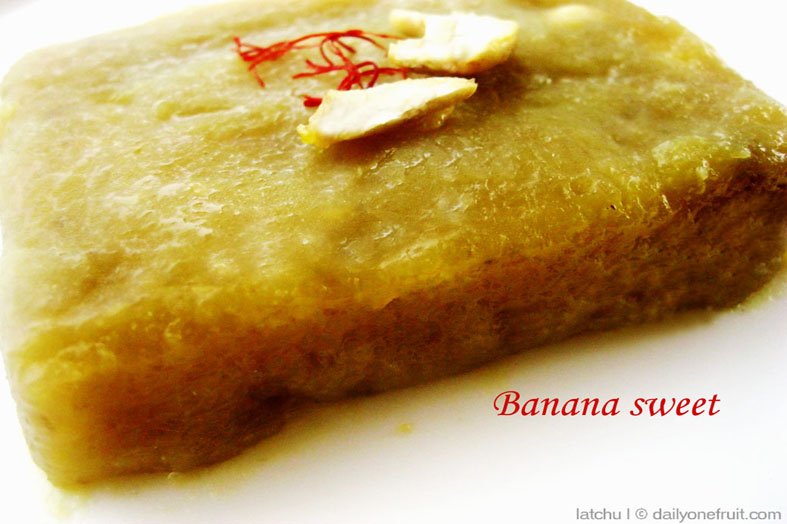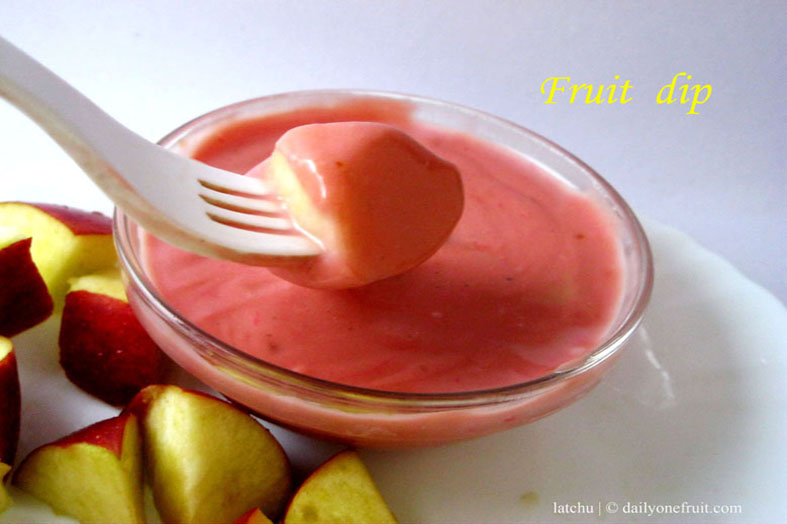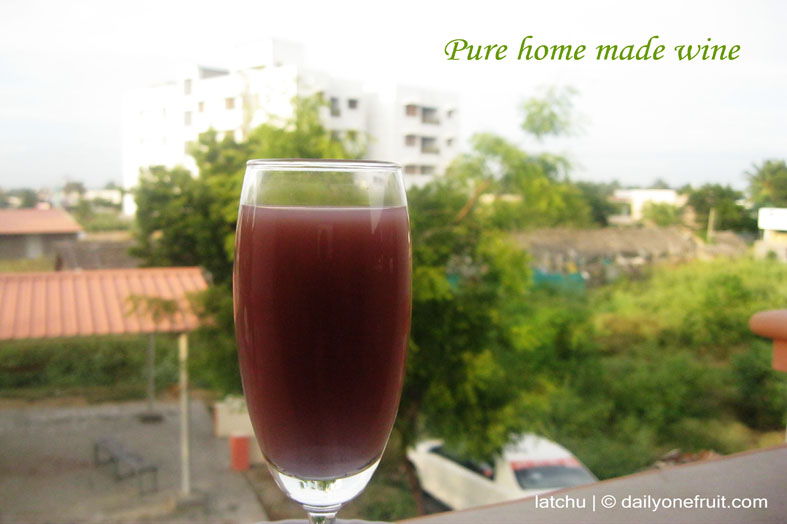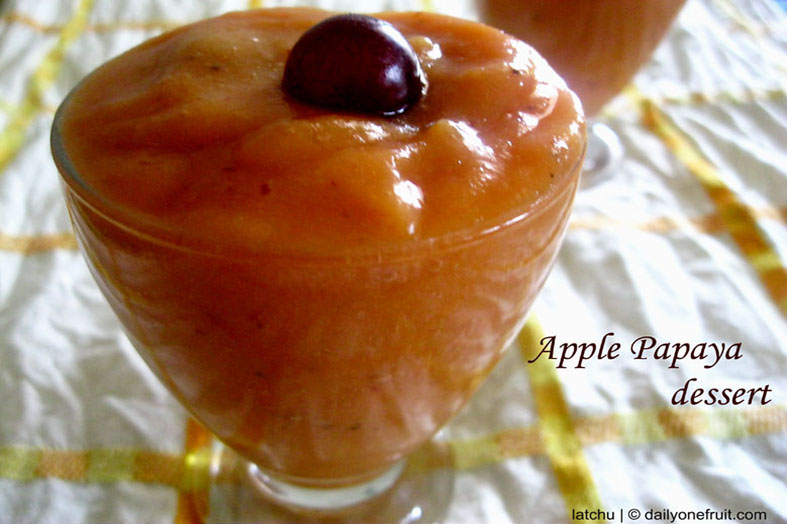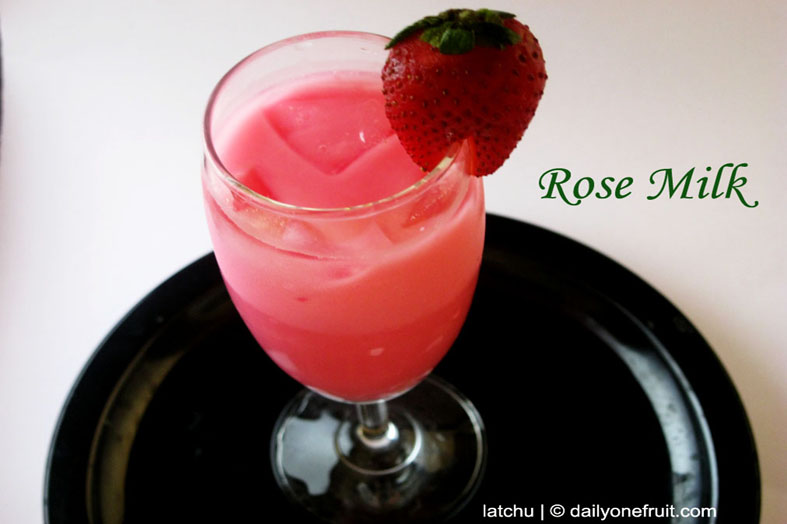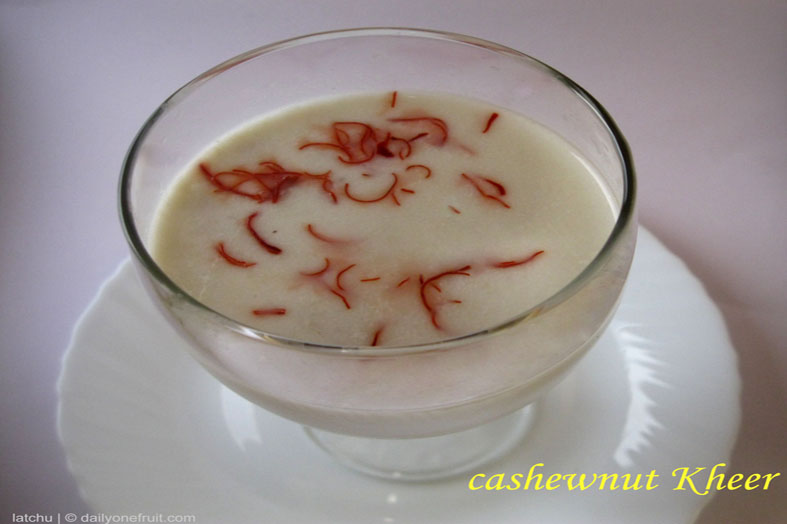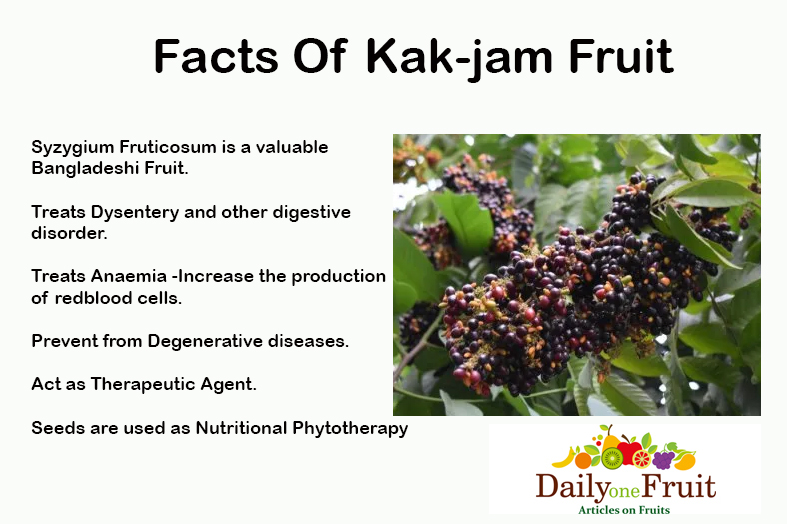
Interesting Facts Of Kakjam Fruit
Kakjam Fruit Scientifically called as “ Syzygium fruticosum ” .
ORIGIN OF KAKJAM FRUIT
Bon-jam or Kak-jam, Syzygium is a genus of flowering plants that belongs to the myrtle family, Myrtaceae.
Kakjam Fruit is a small or medium -sized tree with short trunk and the glabrous all of its parts, attaining a height of 10m.
The plant native to Bangladesh, India, Myanmar, China and Thailand.
Kakjam Fruit is found in village area, parks, gardens, and forest margins in the country.
Bark is grayish brown. The Kakjam Fruit tree looks like black plum but it is small in size.
OTHER NAMES OF KAKJAM FRUIT
Buti-jam, kak-jam, Bon- jam
APPEARANCE OF KAKJAM FRUIT
Kakjam is a small or medium sized tree with short trunk and the glabrous all of its parts, attaining a height of 10m.
Leaves can be elliptic-oblong to oblong-lanceolate, apex shortly acuminate, base cuneate to slightly rounded.
Flowers occurs in summer and are small, sessile, white.
Kakjam Fruit is an edible berry, globose, ellipsoid, 5-9mm long, crowned by the cup-shaped limb, like the size of the pea.
Kakjam Fruit will be black or purple when ripe. Kakjam Fruit ripens in rainy season.
TASTES OF KAKJAM FRUIT
A subacid flavour, but somewhat astringent .
Interesting Facts Of Kakjam Fruit
- S. fruticosum seed is a prospective source of health-promoting effects that can be an excellent candidate for preventing degenerative diseases.
- Syzygium fruticosum, a valuable Bangladeshi fruit, is considered an alternative therapeutic agent. Mainly, seeds are used as nutritional phytotherapy to ease physical and mental status by preventing chronic diseases.
- Fruits are frequently consumed by village children. Wood is used as fuel;
- Leaf decoction is advised to take for the treatment of anemia.Leaf juice is taken to treat dysentery
- Several species are grown as ornamental plants for their attractive glossy foliage, and a few produces edible fruits that are eaten fresh or used in jams and jellies.
- Myrtaceae family of about 140 genera and 3,400 species distributed mainly subtropical and tropical regions of the world.
- The present research work is based on the local knowledge of most commonly used medicinal plants of Myrtaceae family.
- Each Medicinal plant species is provided with its scientific name, local name, plant parts (Such as leaf, root, stem, fruit, latex, whole plant, seed, inflorescence and bark) mostly used and uses.
- Data have been gathered on the traditional uses of plant species, especially for asthma, anthelmintic, astringent, bronchitis, carminative, colic, cholera, eyesores, cough, diuretic, diabetes, diarrhoea, dysentery, jaundice, laxative, stomach pain, toothache, ulcers, wounds and others.


